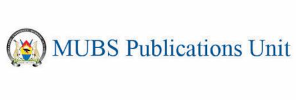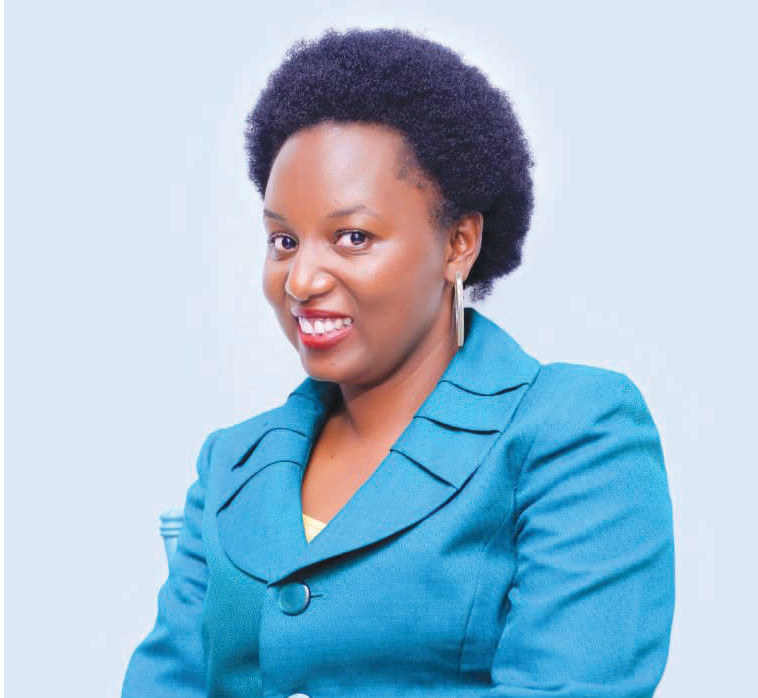The 2024 International Women’s Day theme, “Inspire inclusion” aligns with the UN Women’s theme “Invest in women: Accelerate progress” and Uganda’s Digital Inclusion Policy. This national policy aims to create a digitally empowered society, leveraging technology across all sectors to foster societal and economic growth, ensuring
women are included and can benefit from technological advancements in governance and daily life.
The Digital Gender Gap in Uganda Despite efforts to bridge the digital gender gap in Uganda and Africa, there are still significant disparities. While Uganda has over 20.5 million mobile subscribers, over 70% of the population, especially women (nearly 30%), lack access to mobile phones. This gap limits women’s access to essential information and their participation in public life. Women face various digital inclusion barriers and these include; financial constraints, lack of education, cultural norms, poor infrastructure, and policy challenges. Therefore, bridging this divide necessitates comprehensive efforts, from addressing the cost of digital resources to challenging cultural norms and ensuring effective policy implementation. For example, the efforts from various perspectives, including Uganda’s digital inclusion policy, the UN’s digital inclusion agenda, and the SDGs recognizing ICTs as enablers, seem to align to achieve gender equality.
Ms. Barbara Kayondo
Lecturer, Department of Information Systems
The Women’s Empowerment in the Digital Age Action Plan, in 2015, has also outlined critical actions for inclusive and sustainable development, emphasizing collaboration among stakeholders. This should go a long way in empowering women to participate in digital spaces and create value and wealth for themselves.
Some Ugandan Women Leading Digital Change but all is not gloom in Uganda. A number of women are leading and instigating change in different STEM fields and empowering others, breaking barriers and establishing themselves as leaders and innovators.
For example, Evelyn Namara, with her Vouch Digital platform, has transformed aid distribution, gaining global recognition. Esther Karwera’s EzyAgric app has revolutionized agriculture by connecting small scale farmers directly to urban markets. Solome Tibebaga’s ClinicPesa introduces a novel approach to healthcare financing through micro- savings. Professor Josephine Nabukenya has been instrumental in standardizing healthcare data exchange with her work on Digital Health Enterprise Architectures and Standards. Additionally, Professor Dorothy Okello, through the Women of Uganda Network, enhances internet connectivity and digital literacy among rural women, helping narrow the digital divide.
These individuals showcase the critical role of women in driving technological and developmental
advancements, illustrating that with the right digital tools and education, women are not just participants but leaders in the digital inclusion Pathways to Digital Inclusion for
Women.
To enhance women’s engagement in the digital inclusion, various educational initiatives and supportive networks have been developed. Programs like Girls Who Code, TechWomen, and initiatives from AnitaB.org provide essential learning opportunities in STEM fields.
Meanwhile, communities such as Women Who Code, Black Girls CODE, and Lean In tech circles offer environments for mentorship and networking. In addition accessing free learning platforms like Codecademy and Khan Academy serve as valuable resources for all skill levels. Women interested in digital fields should start by identifying their interests and goals, utilising these free resources to gain foundational knowledge. Joining supportive networks helps in finding mentorship and staying updated with industry trends. Practical application of skills through projects and seeking feedback are crucial steps. Building a portfolio and networking can open new opportunities. Remember, every expert started as a beginner, so maintain confidence and persistence in your tech journey.
What MUBS Can Do. MUBS can play a pivotal role in narrowing gender related digital divide by implementing a multifaceted strategy. This should include scrutinizing and updating the curriculum and training programs, establishing digital mentorship programs, financial support initiatives, gender-responsive facilities, and organising training sessions.
We could look at actively promoting events, seminars, and workshops that celebrate female achievements in the digital inclusion space. By celebrating successes, learning from setbacks, and forging forward with inclusive policies, African women can be influential architects of the digital future. By collaborating with tech organisations and continuously monitoring progress, MUBS can create an academic environment with a focus on reducing gender based digital divide.
The journey seems long but it is worth the effort. Remember, as Wangari Maathai, the Nobel Peace Prize laureate, once said “The higher you go, the fewer women there are. “Let us work” together to ensure that, in the digital age, this statement becomes a relic of the past. By ensuring that women are not left behind in the digital spaces, the journey for a transformed nation and continent will be smooth and fair for all.
MUBS can play a pivotal role in narrowing gender related digital divide by implementing a multifaceted strategy. This should include scrutinizing and updating the curriculum and training programs, establishing digital mentorship programs, financial support initiatives, gender responsive facilities, and organising training sessions


